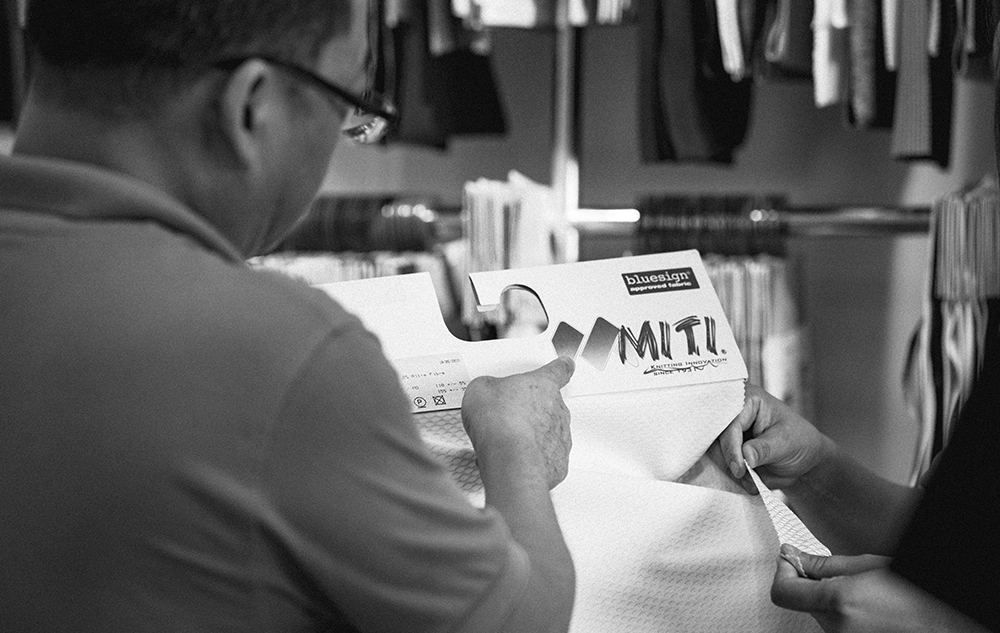Creating custom cycling jerseys using heat transfer technology can greatly enhance your cycling experience by allowing for personalization and style. However, successfully applying heat transfers requires attention to detail and knowledge of the process. This blog provides essential tips for cyclists looking to create high-quality, custom jerseys through heat transfer methods.
Understanding Heat Transfer Technology
Heat transfer printing involves transferring a design onto fabric using heat and pressure. This technique is popular for cycling jerseys due to its ability to produce vibrant colors and intricate designs that stand up to the demands of cycling.
Types of Heat Transfers
- Vinyl Heat Transfers: Ideal for simple designs, vinyl is cut from colored sheets and applied with heat. It’s durable and effective for lettering or logos.
- Digital Heat Transfers: This method allows for full-color images printed onto transfer paper, suitable for complex designs.
- Sublimation Printing: Sublimation involves infusing dye directly into the fabric, resulting in vibrant, long-lasting prints that won’t peel or fade over time.
Top Tips for Successful Heat Transfer on Cycling Jerseys
1. Choose the Right Fabric
Selecting the appropriate fabric is crucial for successful heat transfer application. Most cycling jerseys are made from synthetic materials like polyester or nylon blends that are breathable and moisture-wicking. These fabrics not only enhance comfort during rides but also provide a suitable surface for heat transfers.
2. Design with Purpose
When designing your jersey, consider both aesthetics and functionality. Use graphic design software to create your design, ensuring it reflects your personality or team spirit. Pay attention to color choices; lighter colors tend to keep you cooler in hot weather, while darker colors can absorb more heat2.Additionally, ensure that your design is not overly intricate, as simpler designs are often easier to apply and maintain.
3. Prepare Your Materials
Before starting the application process:
- Pre-Wash Your Jersey: Washing removes any chemicals or sizing that could interfere with the adhesion of the transfer.
- Iron Out Wrinkles: Ensure the fabric is smooth before applying the transfer. This will help achieve a clean application.
4. Use Quality Heat Transfer Materials
Invest in high-quality heat transfer vinyl or digital transfer paper. Cheaper materials may not adhere well or could fade quickly after washing. Look for products specifically designed for athletic wear to ensure durability and performance.
5. Follow Application Instructions Carefully
Each type of heat transfer material has specific application instructions regarding temperature, pressure, and time:
- Heat Press: If using a heat press, preheat it to the recommended temperature (usually between 305°F and 330°F). Apply medium to heavy pressure for the specified time (typically 10-20 seconds).
- Iron: If using an iron, set it to medium heat without steam. Place parchment paper over the design to protect it during application and press firmly for about 12-15 seconds.
Ensure you follow these guidelines closely to avoid damaging the fabric or transfer material
4.
6. Test on Scrap Fabric First
If you’re new to heat transfer applications, consider testing on a scrap piece of fabric first. This allows you to practice your technique and adjust settings without risking your actual jersey.
7. Pay Attention to Design Placement
Proper placement of your design on the jersey is crucial for aesthetics and functionality:
- Measure carefully to ensure that the design is centered.
- Consider how the jersey will fit when riding; avoid placing designs where they may be obstructed by seams or zippers.
8. Allow Proper Cooling Time
After applying the heat transfer, allow it to cool before peeling off any backing paper (if applicable). This step is important as it ensures that the design adheres properly to the fabric.
9. Care for Your Custom Jersey
To maintain the quality of your custom cycling jersey:
- Wash inside out on a gentle cycle with cold water.
- Avoid bleach and fabric softeners as they can damage heat transfers.
- Hang dry or tumble dry on low; avoid direct heat on transfers when ironing.
Following these care instructions will help prolong the life of your custom jersey.
10. Consider Professional Help
If you’re unsure about applying heat transfers yourself or want a more polished look, consider working with a professional printing service. Many companies specialize in custom apparel and can provide high-quality results with minimal hassle.
Conclusion
Heat transfers are an essential tool for creating custom cycling jerseys that reflect your personality while providing comfort during rides. By following these tips—choosing the right fabric, designing thoughtfully, preparing properly, and adhering closely to application instructions—you can achieve stunning results that enhance both style and performance.Whether you’re part of a competitive team or simply want a unique piece of gear for your rides, mastering heat transfer technology will allow you to create jerseys that stand out on every ride while keeping you comfortable and stylish. Embrace customization through heat transfers and enjoy every moment spent on your bike in gear that truly represents you!

